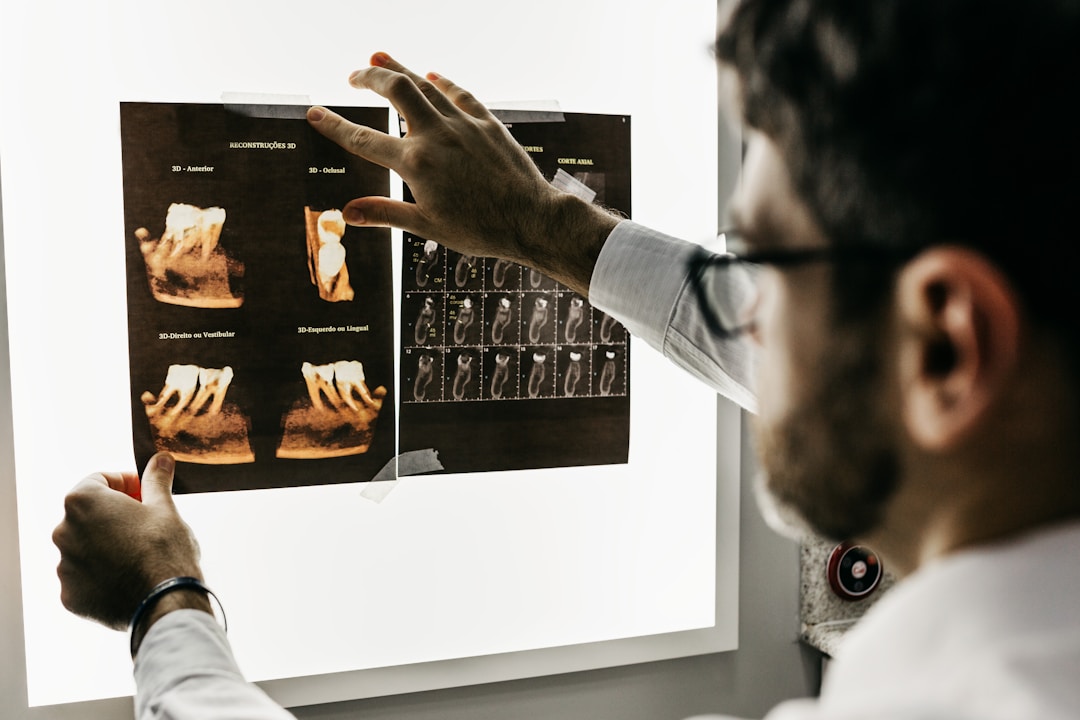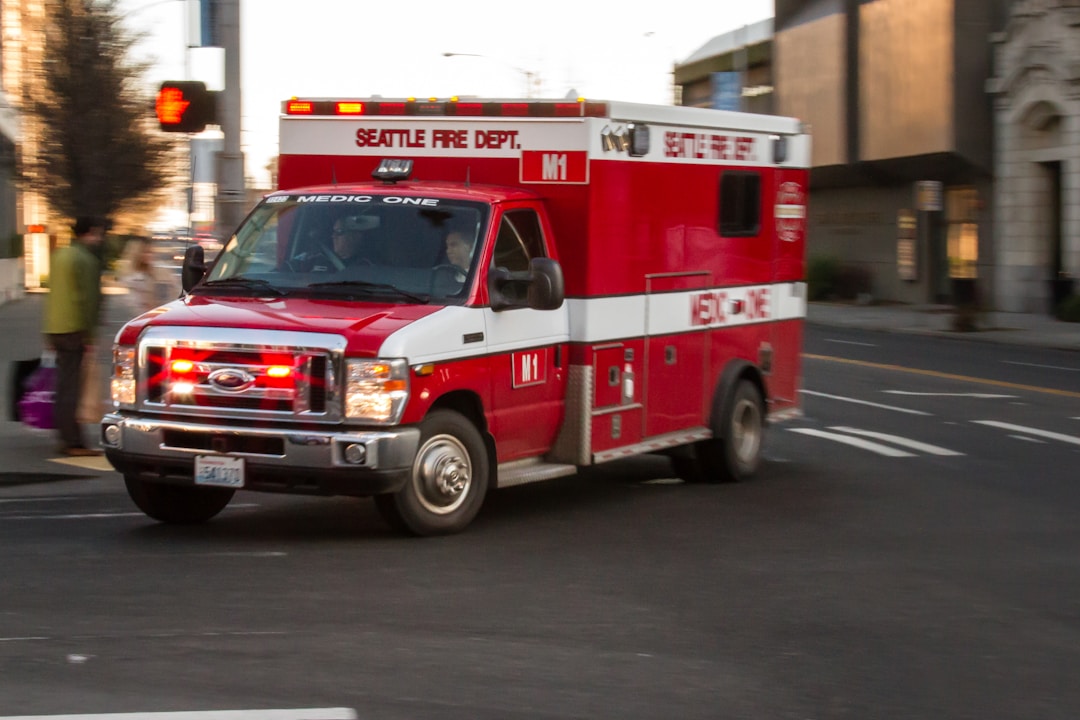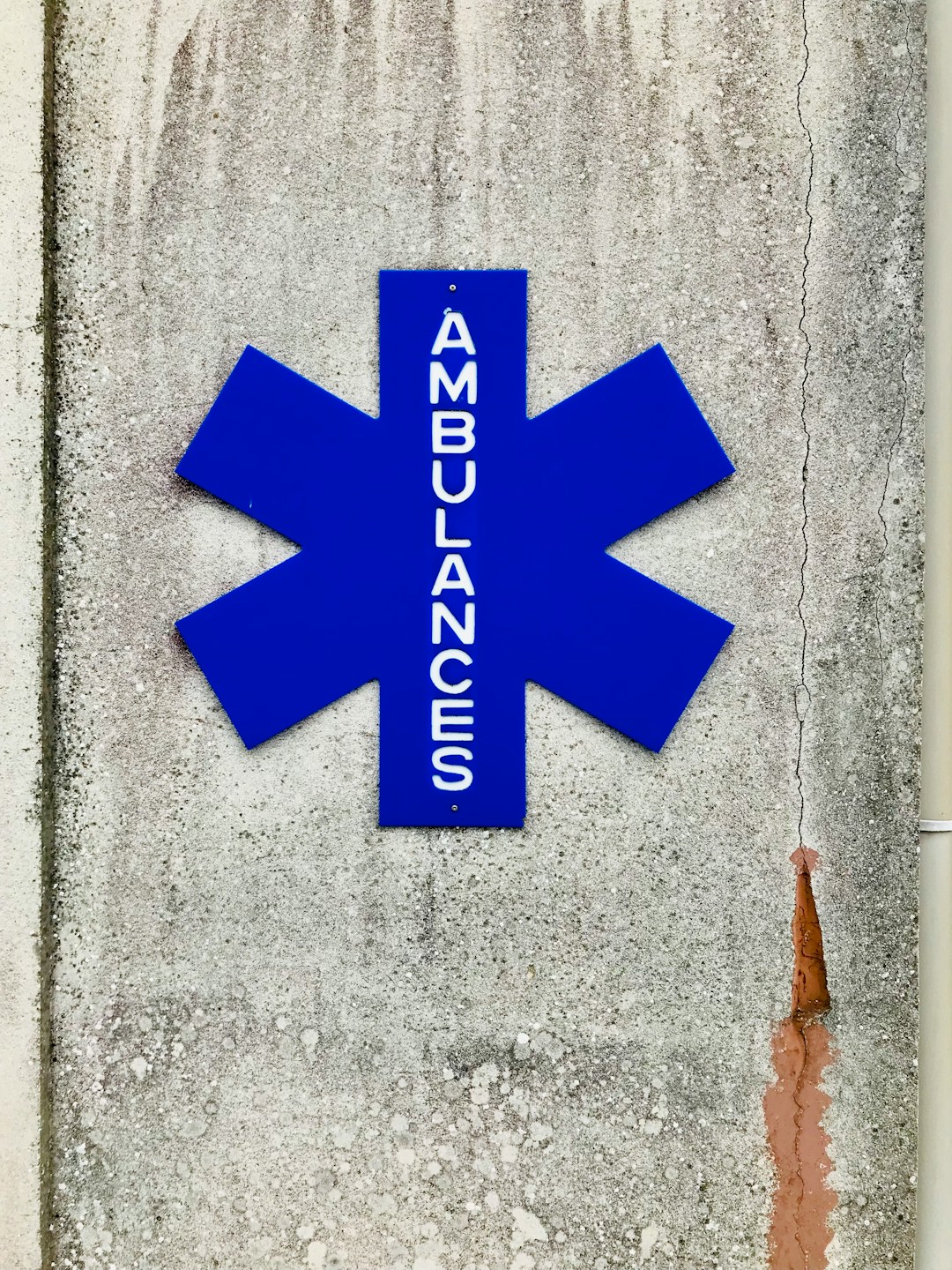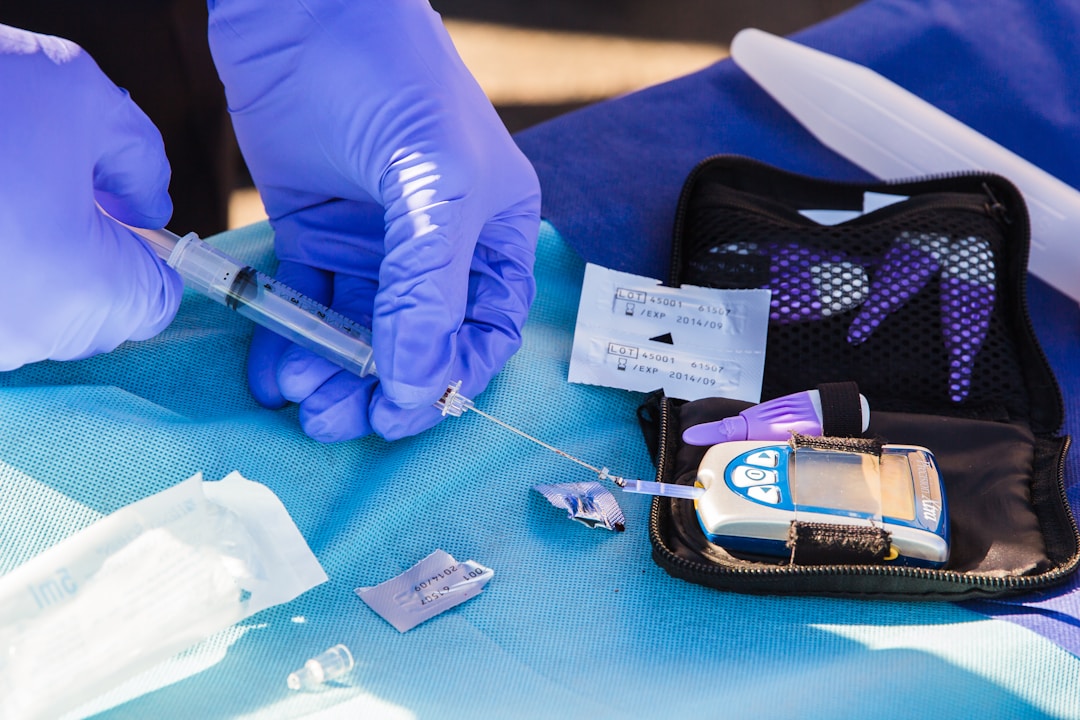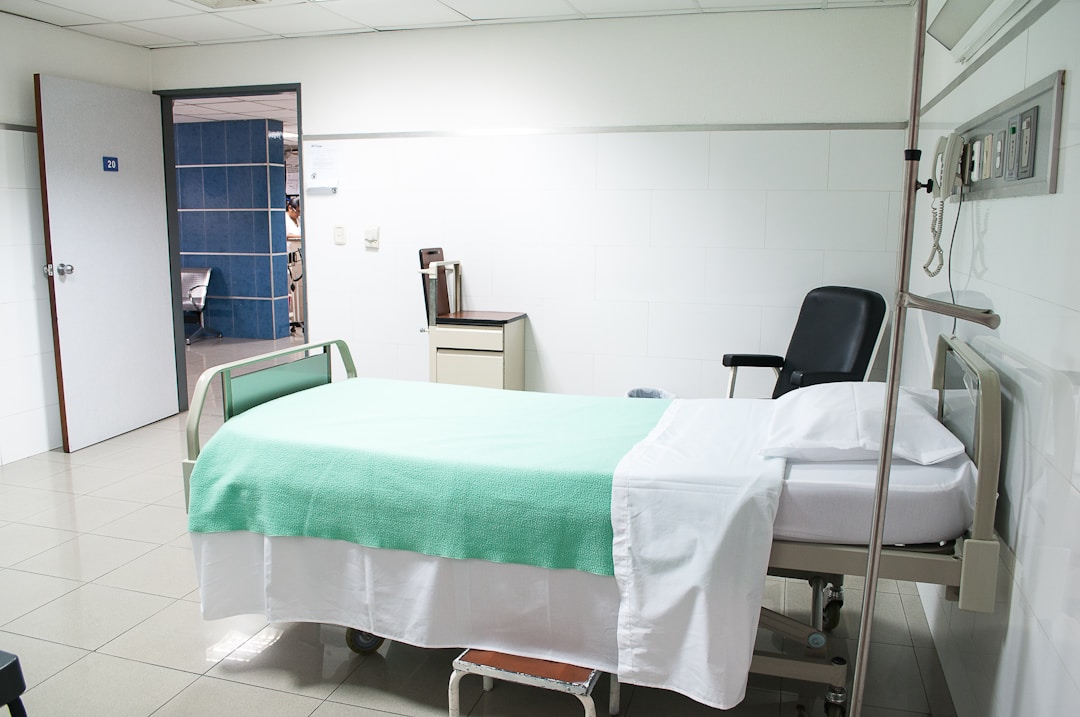ChartFlow Team
As our first foray into book publishing (don’t worry, more is on the way), we’ve recently finished our BLS Provider Medication Guide. Learn more about this new resource and how EMT programs can access our electronic run reports.
BLS Provider Medication Guide for EMTs and First Responders
We know there aren’t many medications given at the basic life support level, but as an EMT-B, it can be terrifying trying to remember when to give aspirin vs. nitroglycerin or how to use an autoinjector. Unlike a sling or bandage, giving a medication can’t be undone, so knowing what to use and how is extremely important to new EMS providers.
That’s why we’ve published this 57 page book that’s only $3.99 on Amazon ($2.99 on Kindle).
We hope that it will act as a convenient study tool for students and a reminder for new providers in the field. In the future, as we continue to expand into study and reference materials, our goal is to keep costs extremely low for cash strapped students without cutting corners on quality.
Study and review medications given at the EMT and AEMT level
For every standard medication tested on NREMT exams or allowed by the majority of local protocols, we’ve listed the trade names, common uses, dosage, administration, mechanism of action, contraindications, side effects and any other special notes related to use. Additionally, students can find helpful tools like metric conversions, diagrams showing how to use autoinjectors and bag valve masks, and a CPR reminder.
Free Access to Run Report
What’s even better is that every book includes free access for students to use our Run Report to practice on pre-made patient scenarios related to common medications practiced and tested on at the EMT-B level.

For EMT instructors, we also have school/instructor access to our electronic run reports. When you purchase access for your classroom, students can chart what they do during in-class patient simulations or practice scenarios.
This allows students to record information like interventions, narrative notes, and vital signs to review after practicing on a patient actor (or friend, or classmate).
After all, if it’s not in the chart, it didn’t happen!
Check out our new book by clicking the button below!
Visit Amazon
More posts like this
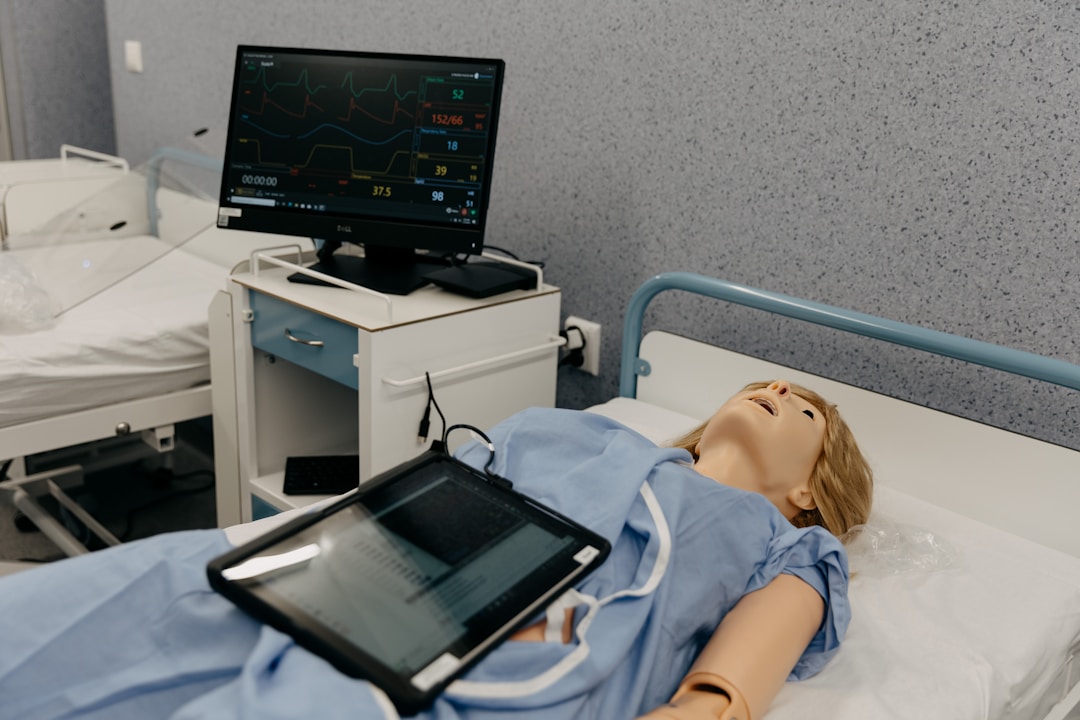











/w=1080,quality=90,fit=scale-down)
_(1)/w=1080,quality=90,fit=scale-down)













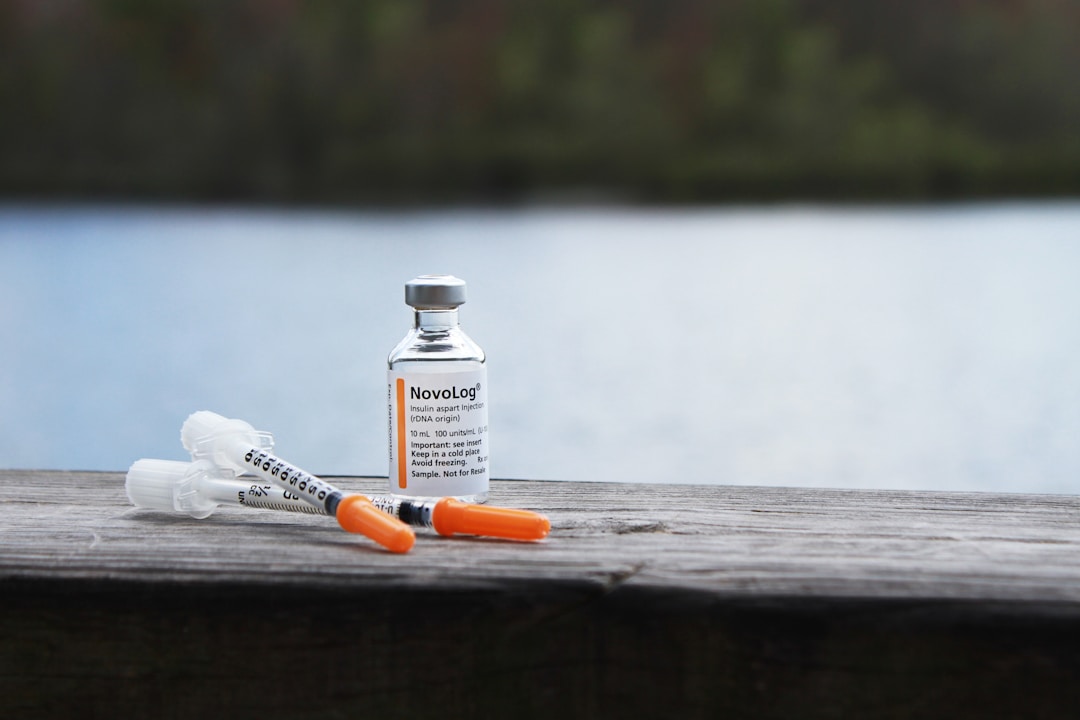
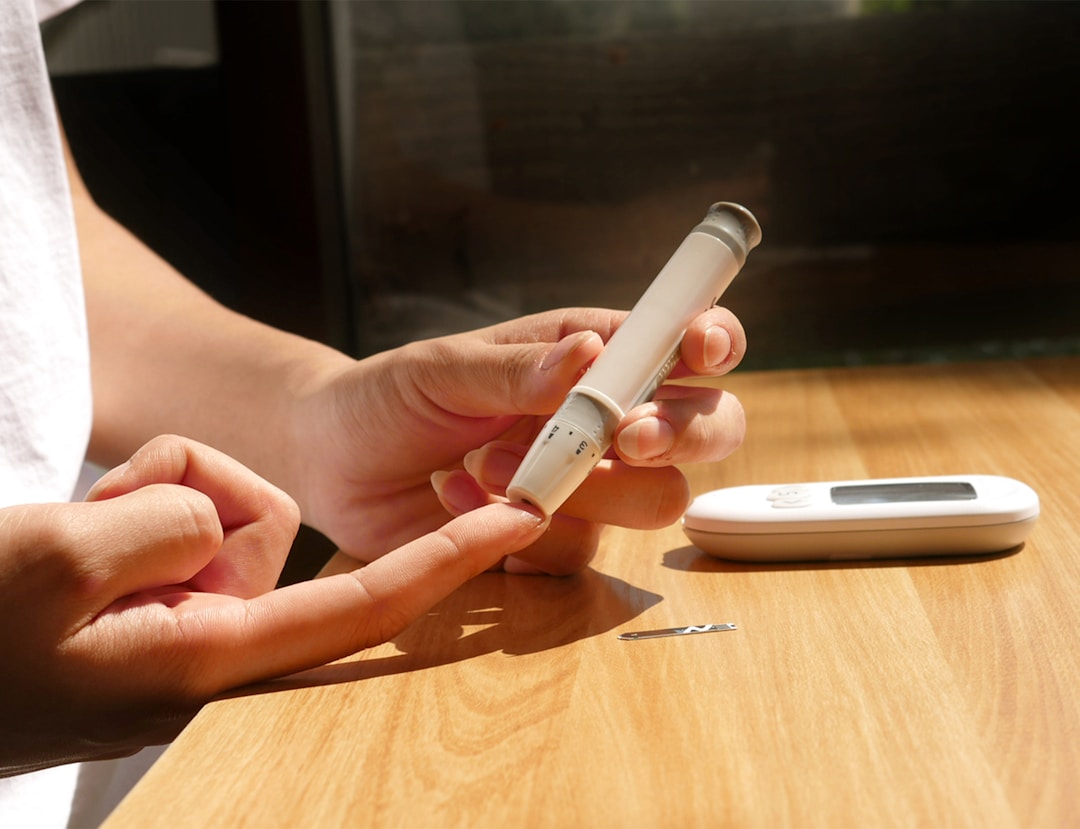





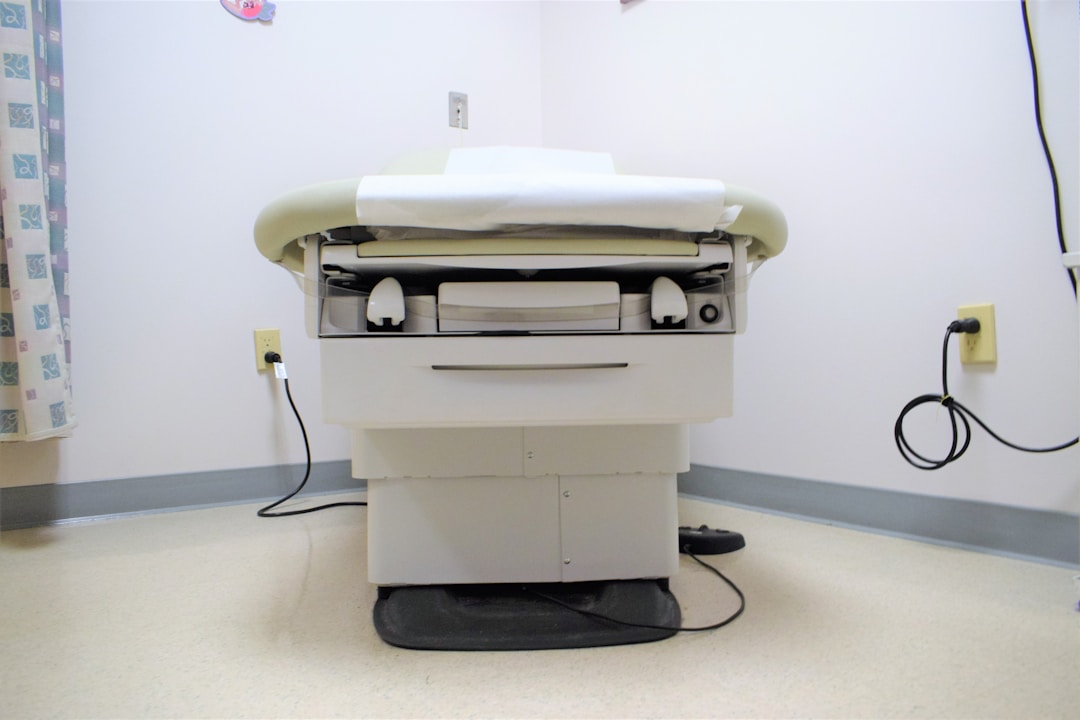
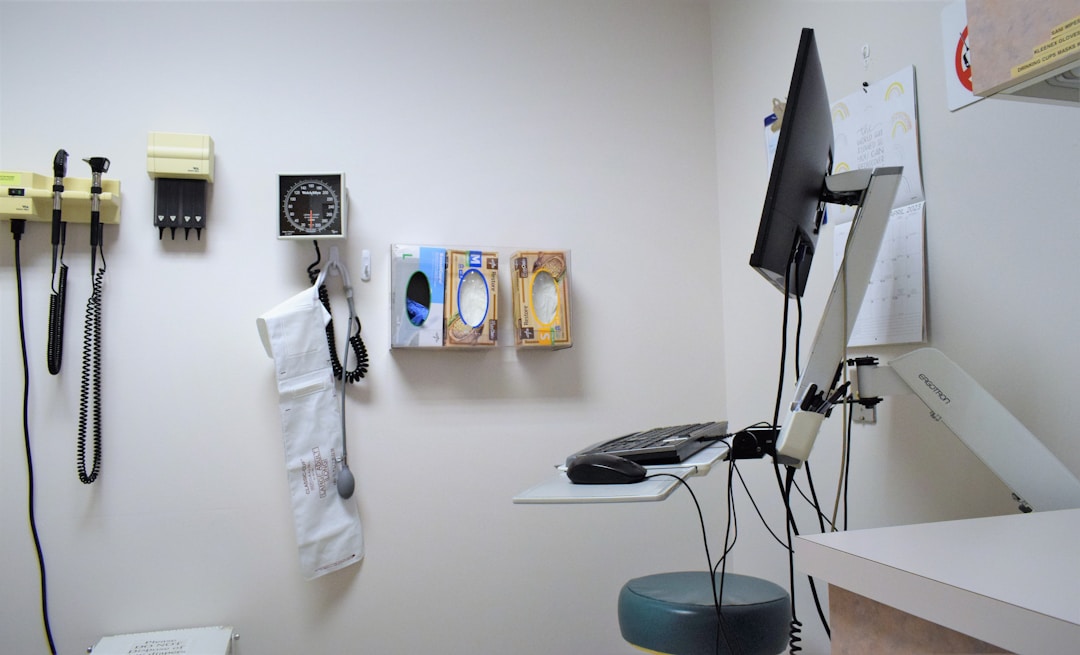


_(2)/w=1080,quality=90,fit=scale-down)







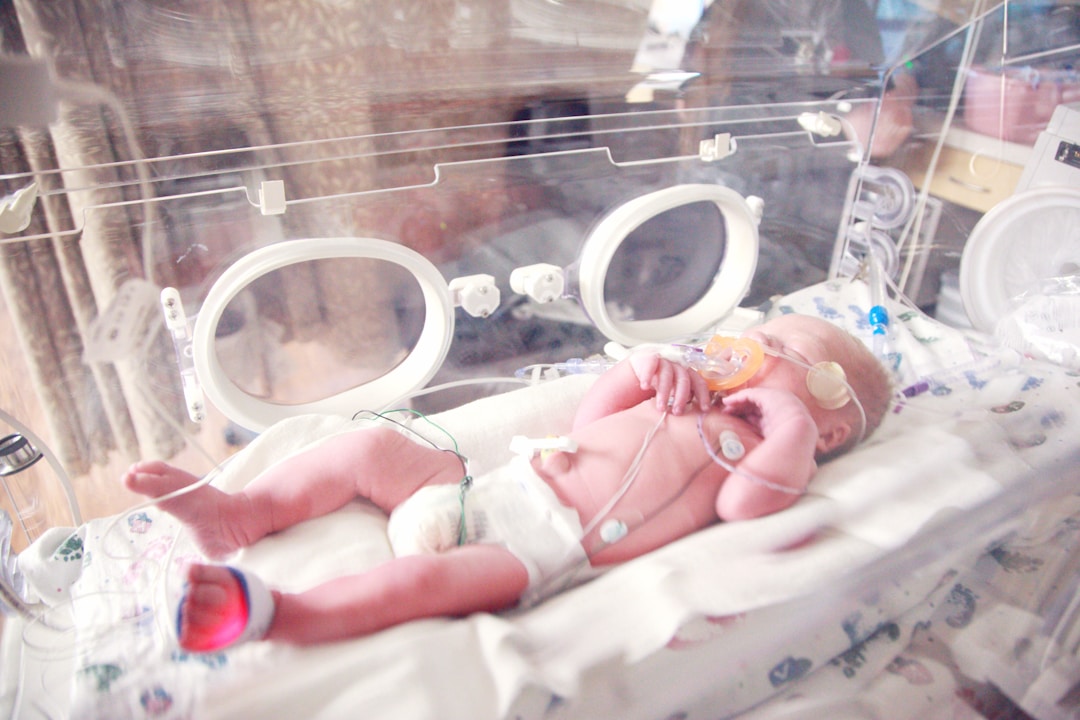

















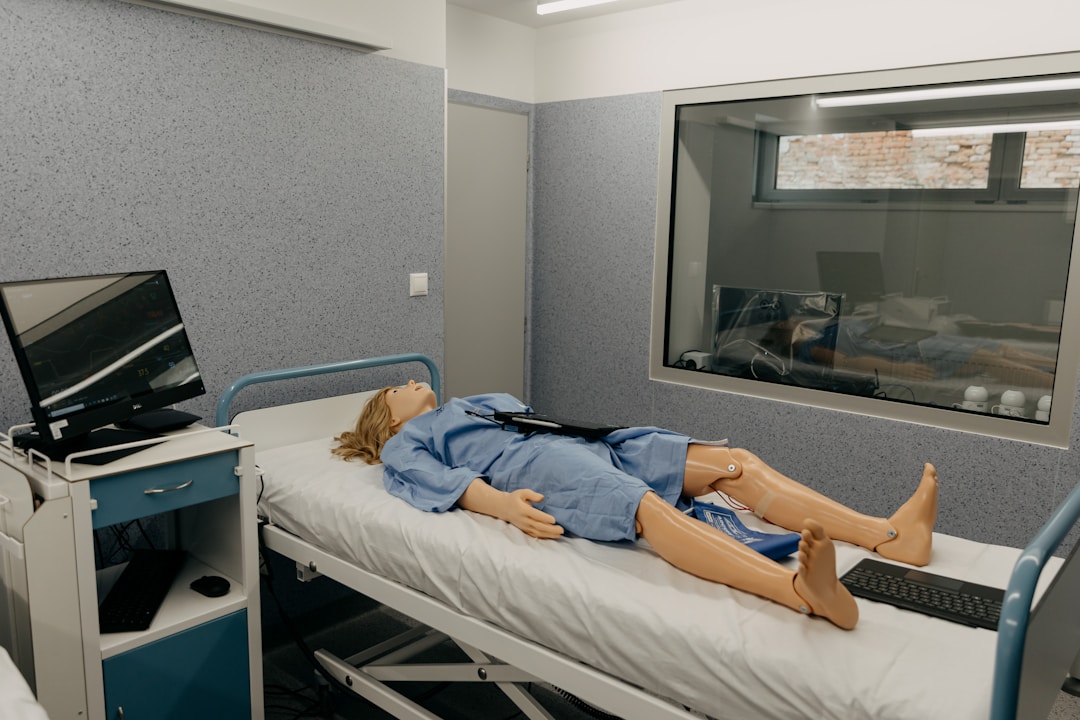
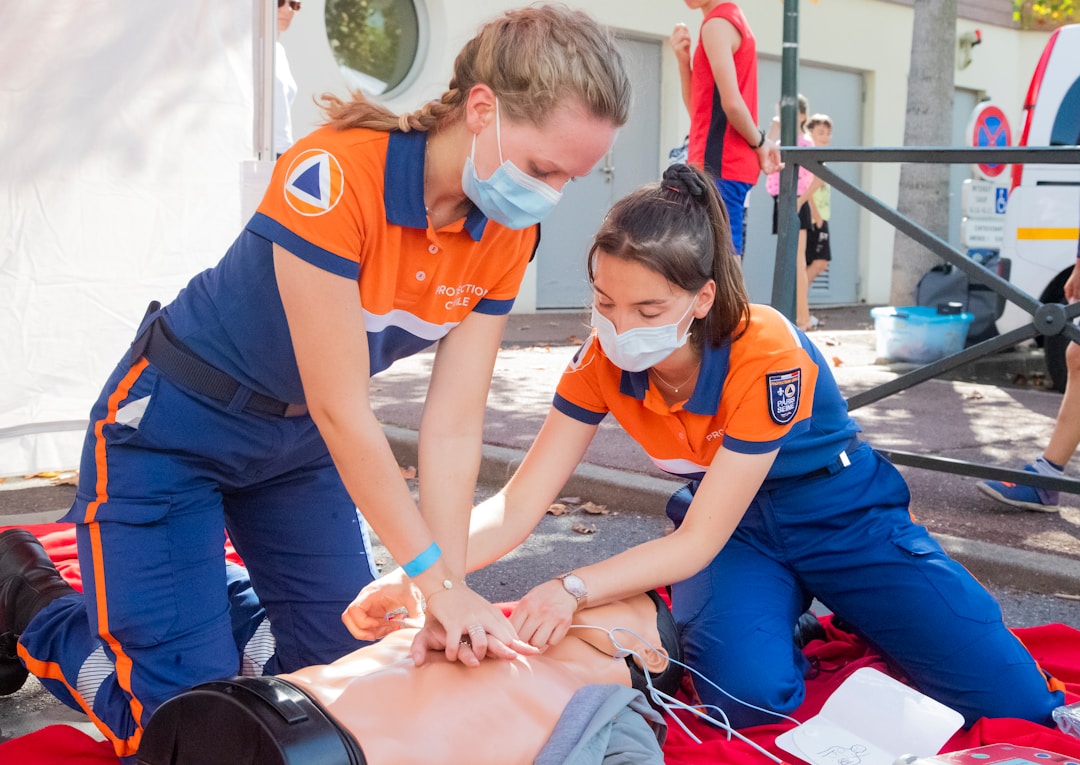


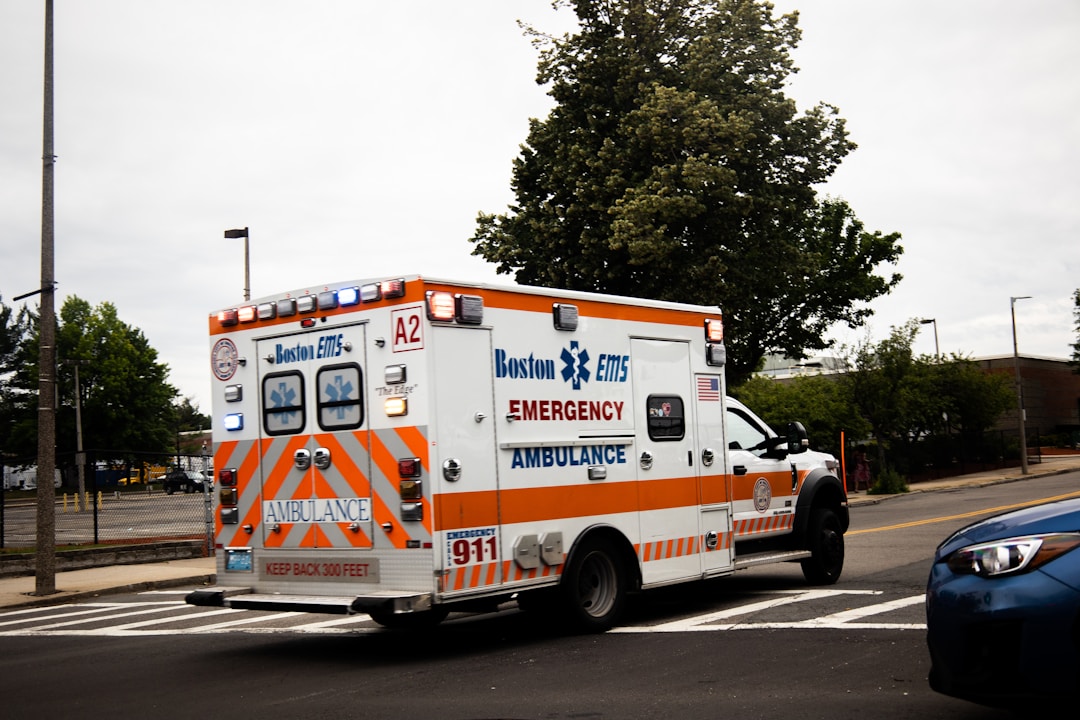







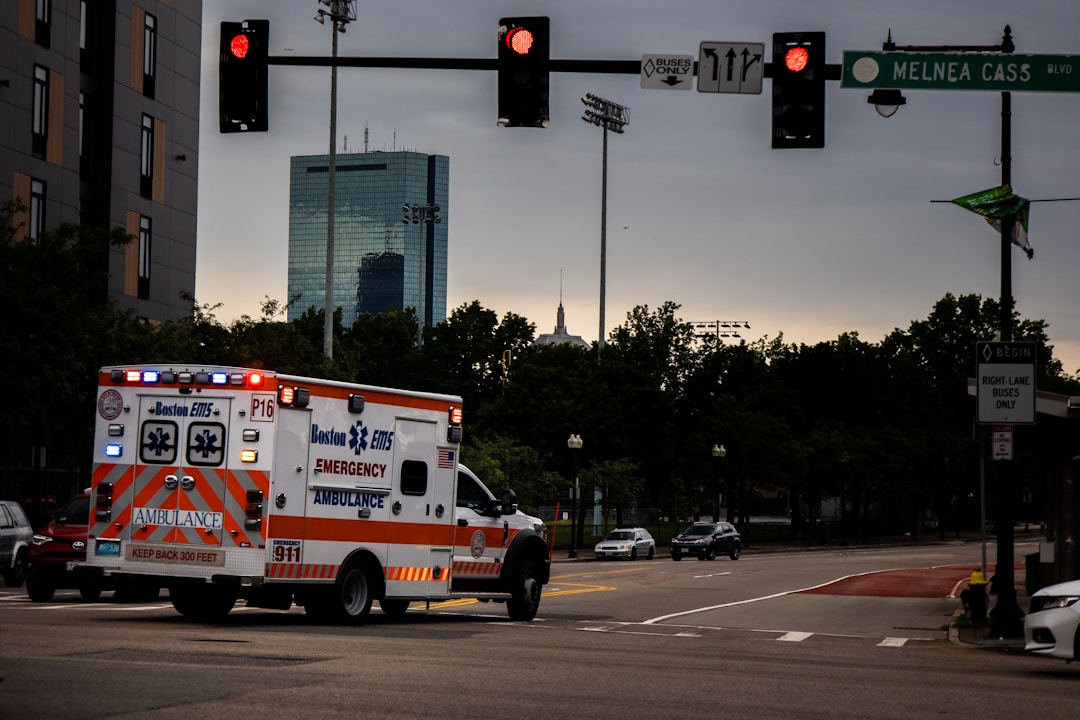

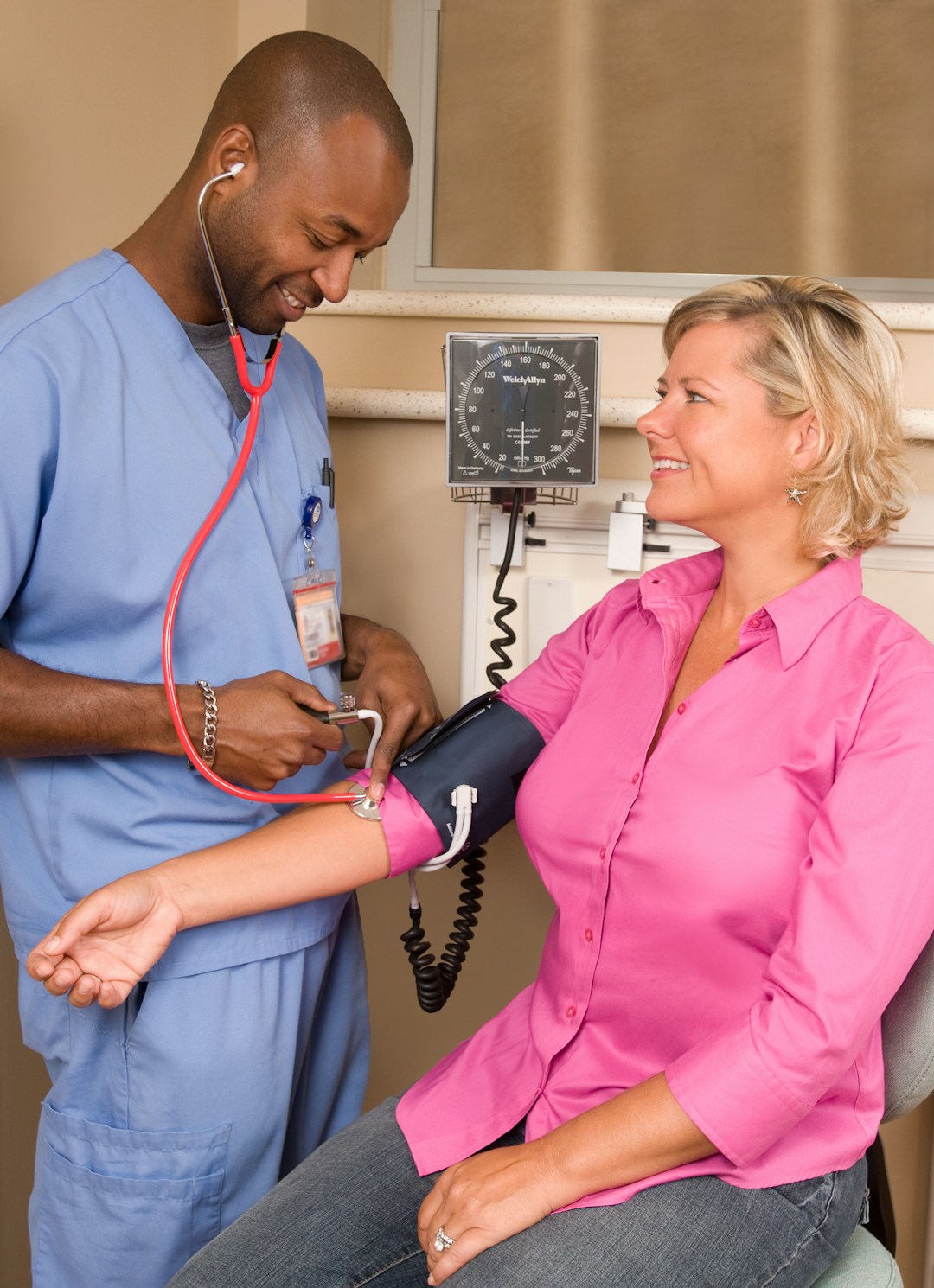

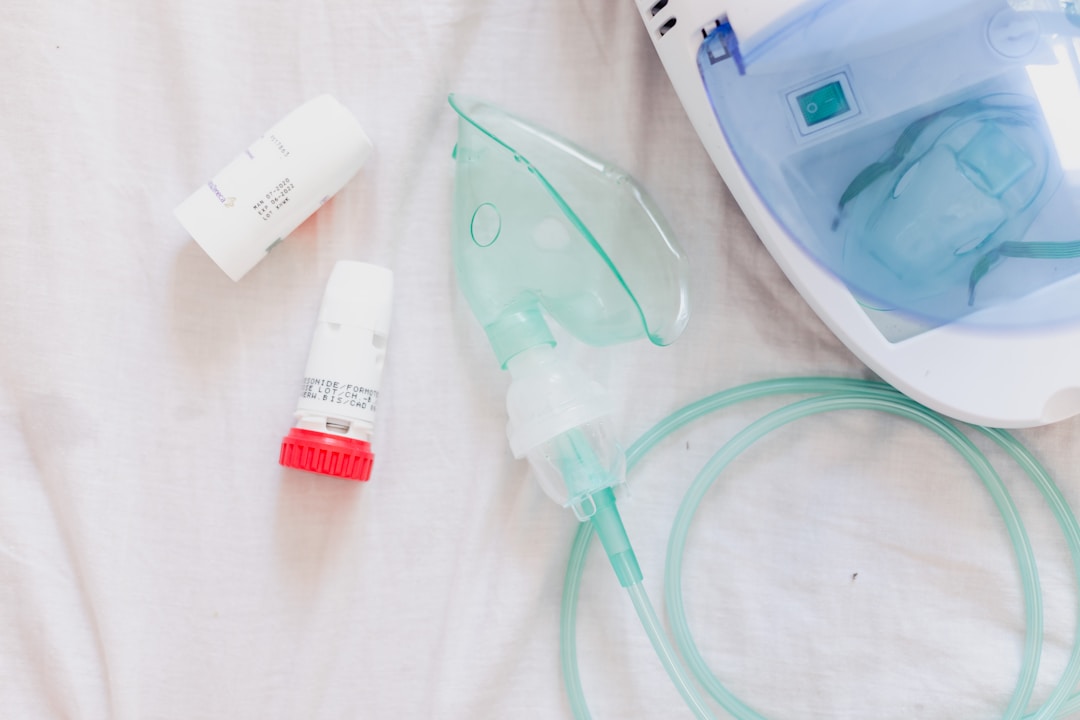



/w=1080,quality=90,fit=scale-down)

/w=1080,quality=90,fit=scale-down)




